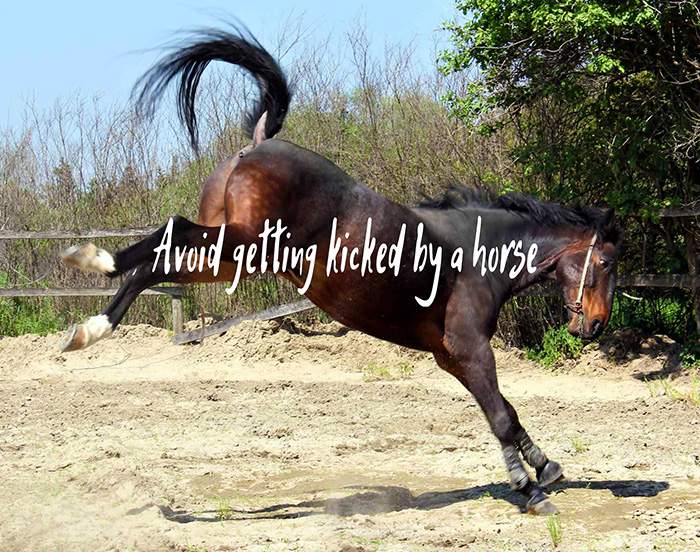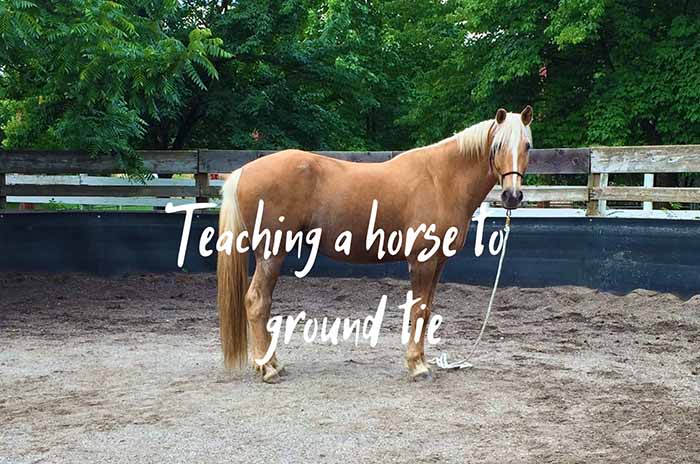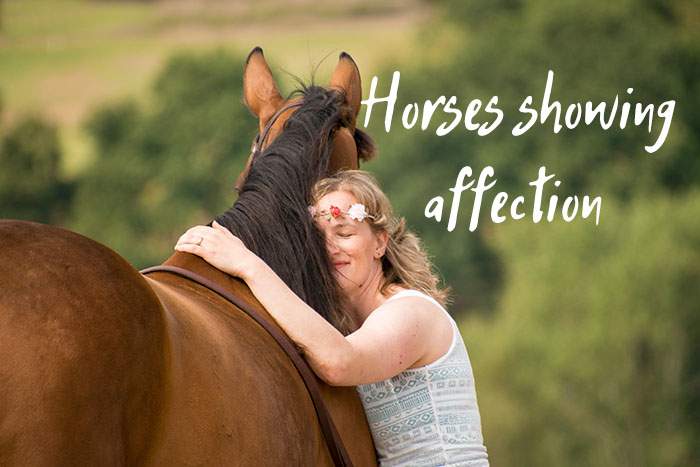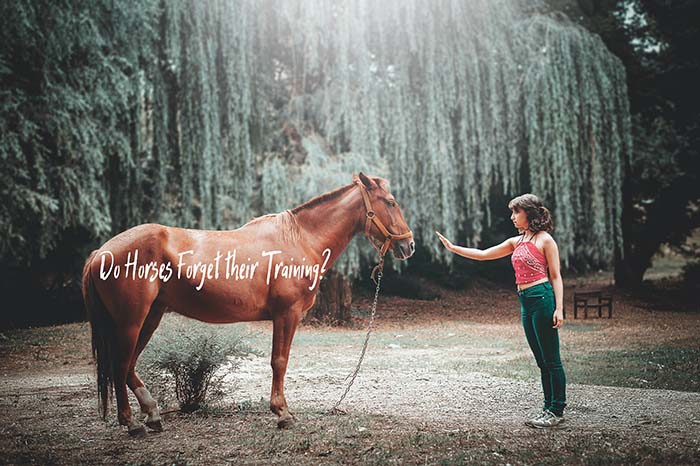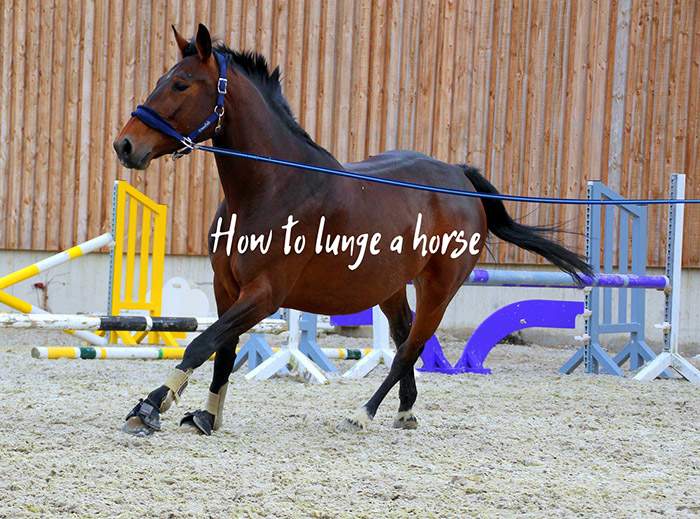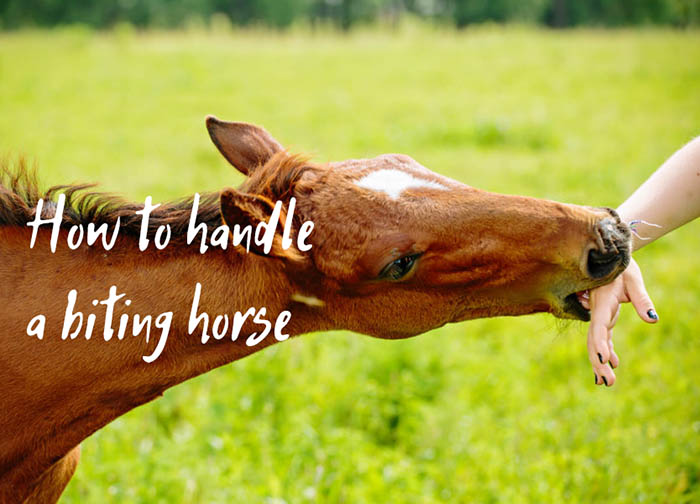How to Get a Horse to Back up (Ground and Saddle)
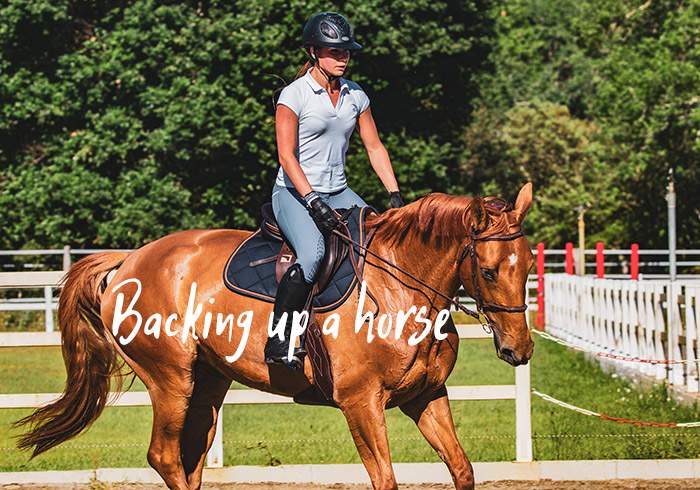
Getting a horse to back up might seem simple enough at a glance, but not all horses know how to do this on command and under guidance. Unfortunately, I’ve been put in a situation where my horse simply wouldn’t back up no matter how much I tried to encourage it. Back then, I had no online guide to help me out, so I had to rely on my best judgment.
In order to make a horse to back up, you should use a technique based on pressure and release. While in the saddle, you can ask your horse to back up by sitting up, lifting your hands, and applying some pressure to the reigns. The key is to use your legs as well in order to apply some pressure.
If you want your horse to move backward in a certain direction, apply more pressure with your opposing leg. For instance, in order to back up a horse to the left, apply pressure with your right leg, and vice versa.
Why would you want your horse to back up?
There are many instances in which backing up is better than turning around. In tight spots and corridors, for instance, your horse might not have enough space to turn around. Moreover, if faced with an obstacle, backing up and using an alternate route could prove useful.
Furthermore, you could use these techniques to allow your horse to get off a horse trailer. Backing up a horse is also incredibly useful in competitions, and it’s just generally a good skill to know. However, in order to apply it, you’ll need to teach your horse how to respond to your commands and how to move backward properly.
How to teach a horse to back up on the ground.
Teaching a horse how to walk backward involves a bit of groundwork. Groundwork is when you work with your horse on the ground instead of being in the saddle. Most exercises start with groundwork, and backing up is no exception.
The first step is a relatively simple one, and it involves teaching your horse to stay out of your personal space. This way, if the equine has a tendency to get too close to you, it will learn back up in order to give you space. In order to achieve this, stand in front of your horse with the lead rope in hand.
When the horse steps up into your personal space, just pull or shake the rope to the side in order to tell it to back up. The horse might not do it at first, whether it might be confused or it might not get the message. Just apply a bit more pressure to the rope when you shake it to the side in order to help it understand.
As soon as the horse takes even a small step backward, you should immediately release the pressure on the rope. This way, the horse will know that it moved in the right direction, or that it did the right thing. You can repeat this exercise for as long as it takes your horse to understand: shaking the rope means backing up. It will eventually get it, as horses are intelligent and obedient animals.
The second step builds on the foundations of the first and teaches your horsey to move back towards the pressure. In the first step, you taught it to move back when pushed by an external force (the rope), and now you’ll teach it how to move back when pulled. The method used here is simple enough, but some horses might be a bit too stubborn to respond to it, at least at first.
Stand next to your horse’s withers and hold the lead rope at the base of the clip. Pull the rope back in a straightforward, linear motion. By applying pressure to the rope, the horse should take at least one step back. If it doesn’t, try applying a bit more pressure. Keep in mind to release the pressure immediately and to reward the horse with a tasty treat or a gentle touch for a job well done.
Teaching a horse to back up in the saddle.
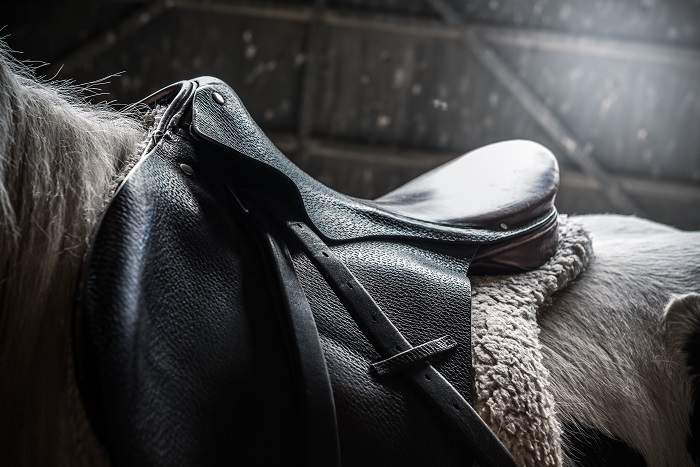
If your horsey knows how to back up on the ground, it will likely respond to similar commands once you’re in the saddle. For this exercise, you’ll obviously need a saddle, a bridle, and plenty of space. Before getting on with it, make sure that your horse is able to drop its nose in and head down as you apply pressure. This is commonly referred to as “giving to the bit.”
In order to make your horse move backward while you’re riding it, just apply some pressure to the reins as well as some leg pressure. It’s important to do these things one after the other. First, pull the reins back and set your hands so that your horse can’t move forward. Then apply leg pressure and the horse should immediately start moving backward.
As always, there is a risk of the horse being stubborn and ignoring your commands. If that’s the case, you can use a trick that involves tipping its nose to the rider’s knee. Once you master this, the horse will move its hind legs backward, and it will quickly get accustomed to the concept of moving backward. It’s a relatively forceful move, and I wouldn’t recommend doing it unless the equine is really stubborn.
Thankfully, I only had to use this method once or twice.
Conclusion.
Teaching your horse how to back up is probably one of the simplest tricks out there, but that doesn’t mean that it’s not an important one. As one of the most basic maneuvres in horseback riding, moving backward is a must-know trick for any horse and rider, whether we’re talking about pleasure riding or competitions.
If you would like to share your own teaching methods or need some extra help with your horse, feel free to get in touch or leave a comment below.

